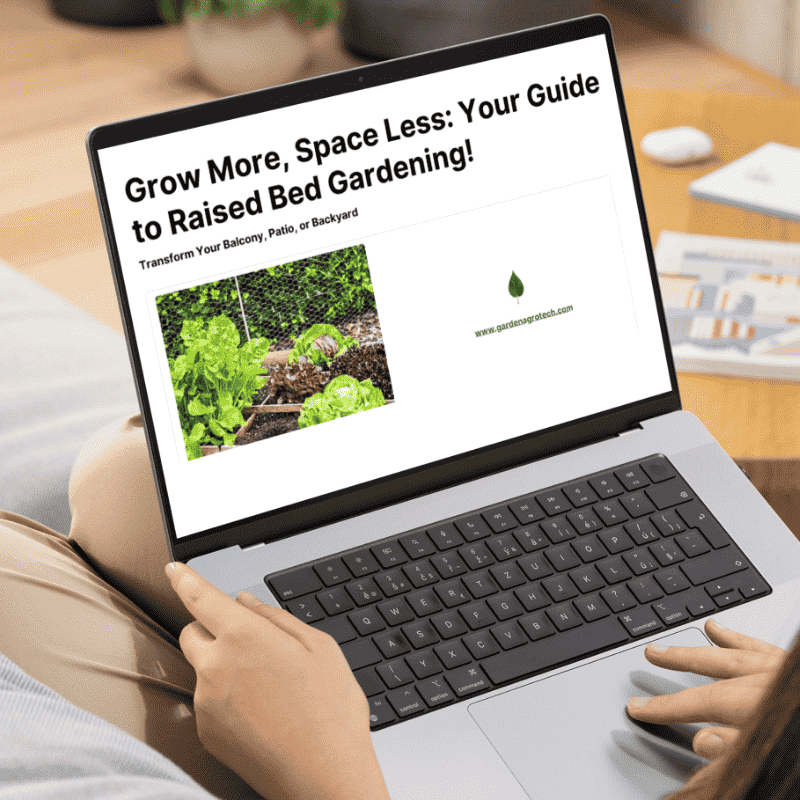Urban gardening has surged in popularity as more people embrace growing their food, even with limited outdoor space.
Consequently, raised beds for small urban gardens have emerged as a key solution for transforming balconies, patios, or compact backyards into productive green havens.
Transitioning to Small-Space Gardening
As someone who transitioned from large-scale farming to mastering small-space gardening, I faced the challenge of adjusting from vast open fields to container-sized plots.
Optimizing Soil Quality in Raised Beds
Indeed, one significant adjustment involved optimizing soil quality and drainage in confined spaces, something unnecessary on larger farms.
Poor soil in raised beds led initially to stunted plants and frustration—an issue I overcame by experimenting with compost blends and lightweight soil mixes.
Making the Most of Limited Garden Space
As a result, I understand the struggle of making the most of every inch. Whether you’re an apartment dweller, urban gardener, or beginner with limited yard space, this guide on raised beds for small urban gardens will optimize your growing potential.
We’ll explore innovative design hacks, smart material choices, budget-friendly tips, and vertical gardening integrations.
Additionally, I’ll share personal insights into working with various soils, plants, and pests.
You can also check more useful info about raised bed gardening in this article published by Alabama Cooperative Extension System.
Why Choose Raised Beds for Small Urban Gardens?
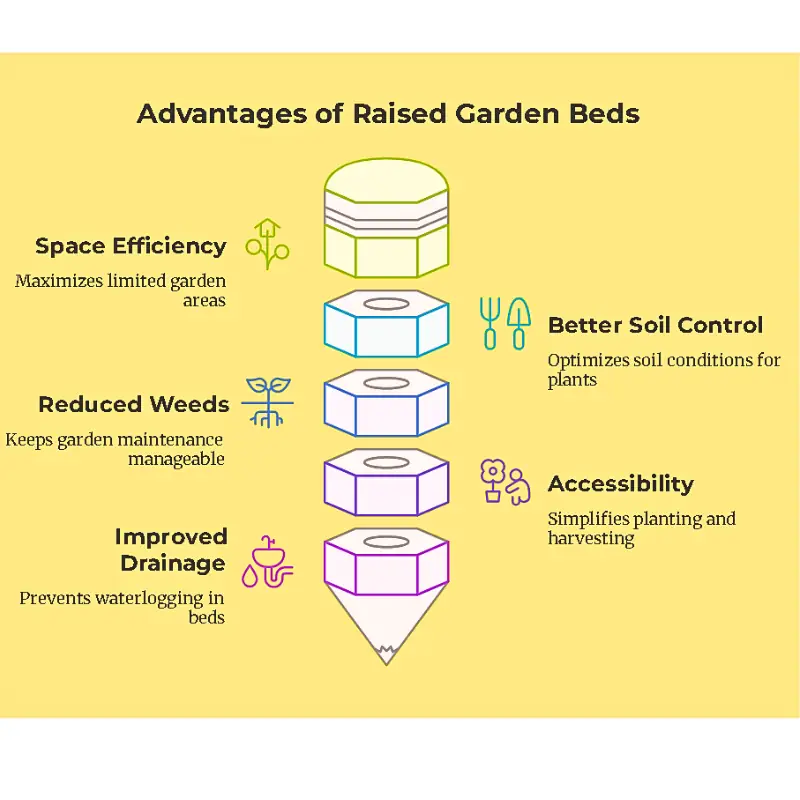
Raised beds offer numerous advantages:
- Space efficiency: Maximize limited areas.
- Better soil control: Optimize soil conditions.
- Reduced weeds: Keep maintenance manageable.
- Accessibility: Simplify planting and harvesting.
- Improved drainage: Prevent waterlogging.
Ideal Dimensions for Raised Beds in Limited Spaces
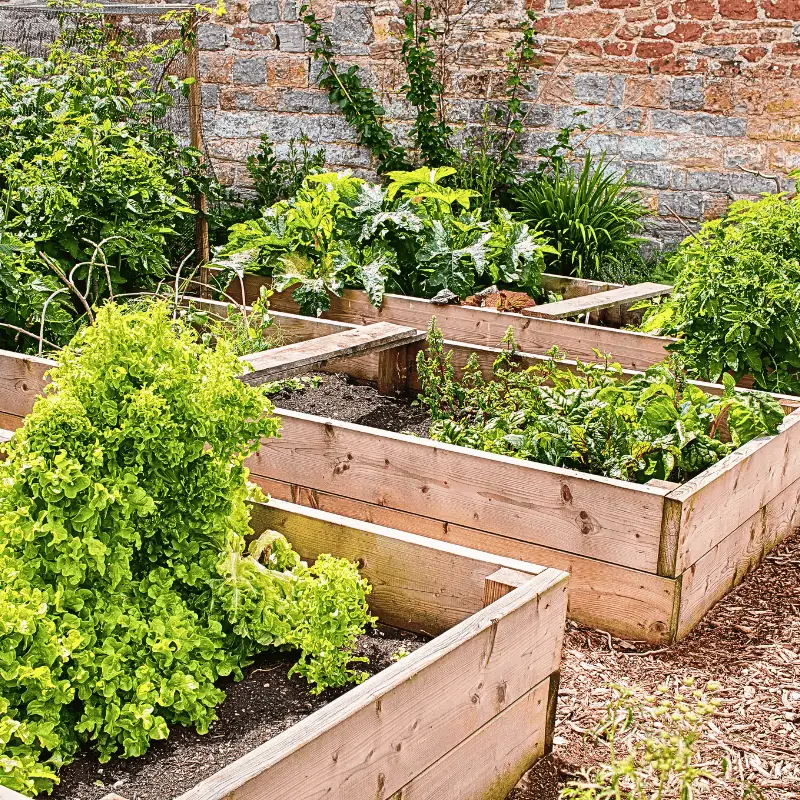
Selecting appropriate dimensions ensures functionality:
- Height: 12-24 inches (30-60 cm).
- Width: 3-4 feet (90-120 cm).
- Length: Adjust according to available space.
- Custom shapes: Rectangular, L-shaped, tiered, modular.

Planning Your Raised Beds for Small Urban Gardens
Assessing Your Space for Raised Beds
Evaluate thoroughly:
- Sunlight: 6-8 hours daily.
- Drainage: Avoid stagnant water.
- Water source: Ensure easy irrigation.
- Wind Protection: Consider wind barriers.
Sketching and Testing Layouts for Small Urban Raised Beds
Visualize designs first. Moreover, use graph paper or digital planners to test layouts.
Vertical Raised Bed Gardening Ideas
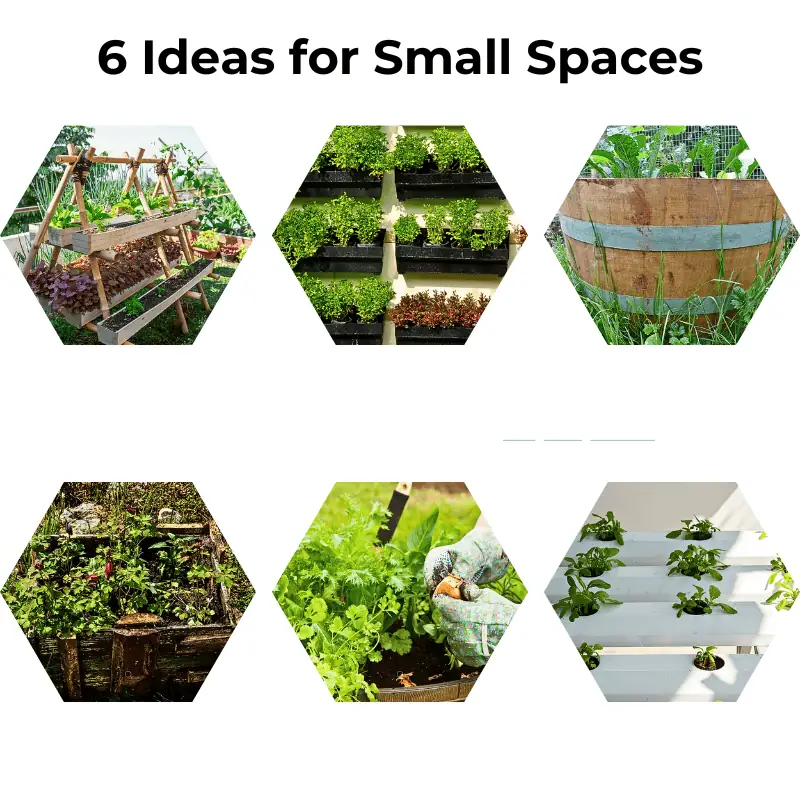
- Stackable beds: Maximize growing areas.
- Trellis systems: For climbers like beans, cucumbers.
- Wall-mounted planters: Herbs, flowers.
- Hanging baskets: Strawberries, trailing plants.
- Oak barrels
- Used wooden planters
Materials and Tools for Raised Beds in Small Urban Gardens
Best Materials for Raised Beds
Choose durability and aesthetics:
- Cost-effective: Cedar, recycled pallets, galvanized steel.
- Sustainable: Fabric beds, upcycled containers.
- Composite boards: Rot-resistant.
Cheap DIY Raised Bed Materials
Repurpose materials:
- Bricks, cinder blocks, milk jugs.
- Old furniture: Dressers, crates.
- Wooden pallets: Free and versatile.
Check out some more ideas on how to make your own raised bed garden in this video
Essential Tools for Building Raised Beds
Simplify assembly:
- Basic tools: Drill, screws, level, shovel.
- Space-saving: Foldable workbenches.
- Safety gear: Gloves, goggles.
How to Build Raised Beds for Small Urban Gardens
Preparing the Site
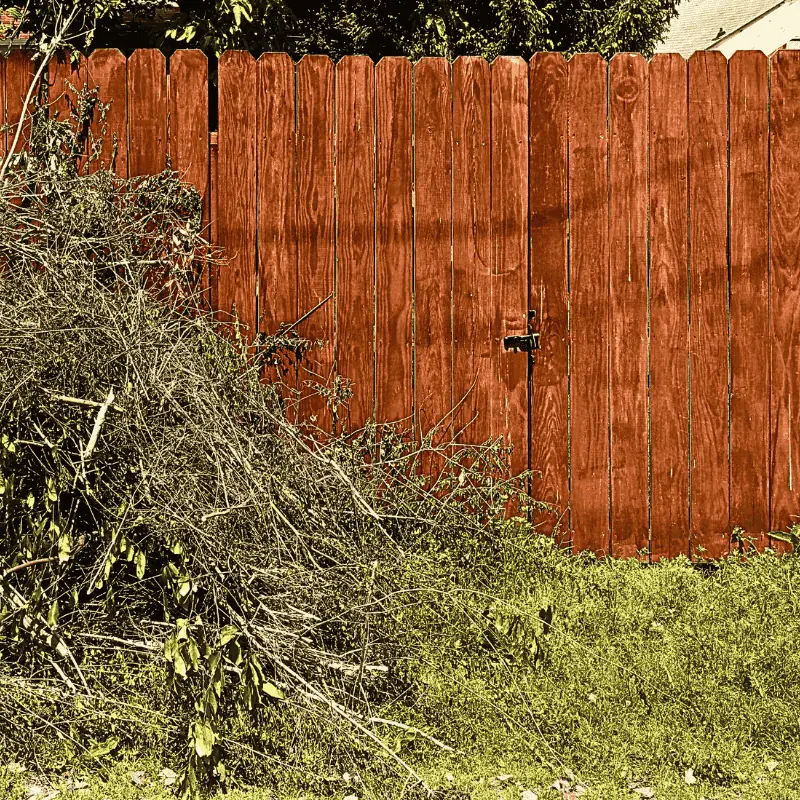
- Clear debris and level ground.
- Install weed barrier.
- Improve drainage with gravel or sand.
Assembling the Raised Bed
- Cut materials precisely.
- Secure corners.
- Line wooden beds with fabric to prevent rot.
Securing the Raised Bed Structure
- Anchor against wind.
- Reinforce corners and stabilizers.
Soil and Planting Tips for Raised Beds
Best Soil for Raised Beds in Small Gardens
- Lightweight mix: Peat-free compost, perlite, vermiculite.
- Nutrient-rich blend: Compost, aged manure, organic topsoil.
If you’re curious about creating the perfect soil mix for your raised beds, explore my detailed guide on best soil and fertilizers for small backyard gardens.
Companion Planting in Raised Beds
- Tomato + basil.
- Carrot + onion.
- Lettuce + radishes.
- Three Sisters (beans, corn, squash). For strategic plant combinations that boost yields and minimize pests, check out my comprehensive post on companion planting for small spaces
Watering and Drainage Solutions
- Self-watering systems.
- Drip irrigation setups.
- Mulching techniques.
Maintaining Raised Beds in Small Urban Gardens
Seasonal Upkeep for Raised Beds
- Refresh soil annually.
- Practice crop rotation.
- Winterize beds.
- Regular compost amendments.
Pest Control Strategies for Urban Raised Beds

- Natural deterrents: Marigolds, neem oil.
- Physical barriers: Protective netting.
- Companion planting: Basil with tomatoes.
- Soap spray solutions.
Common FAQs for Raised Beds in Small Urban Gardens
How Deep Should Raised Beds Be?
12-24 inches (30-60 cm) for most vegetables.
Can Raised Beds Go on Concrete?
Yes, but ensure proper drainage.
Cheapest Way to Build a Raised Bed?
Use reclaimed materials like pallets or cinder blocks.
Common Mistakes to Avoid
- Avoid overcrowding.
- Don’t use treated wood.
- Include drainage layers.
- Proper sunlight assessment.
- Secure your beds adequately.
Conclusion
Summarizing smart design, material choices, and careful soil management ensures thriving raised beds for small urban gardens.
Finally, share your projects and subscribe for more tips.
Before You Go—Grab This Free Guide- Raised beds for Small Urban Gardens!
Take your gardening journey to the next level with our exclusive 8-page guide: Grow More–Space Less: Your Guide to Raised Bed Gardening. Filled with actionable tips and creative ideas, this guide will help you maximize your growing potential in small urban spaces.
Click the button below to download your free copy and start planning your productive garden today!
